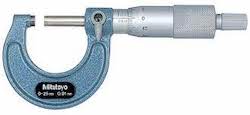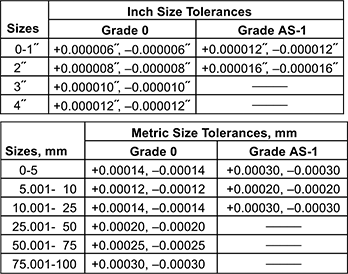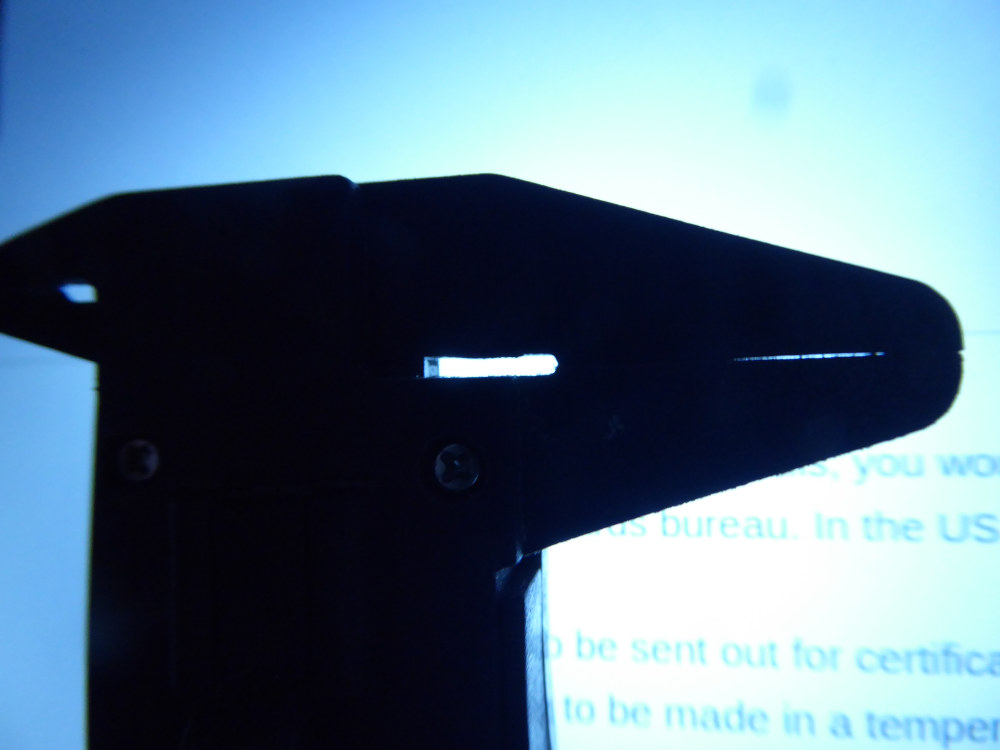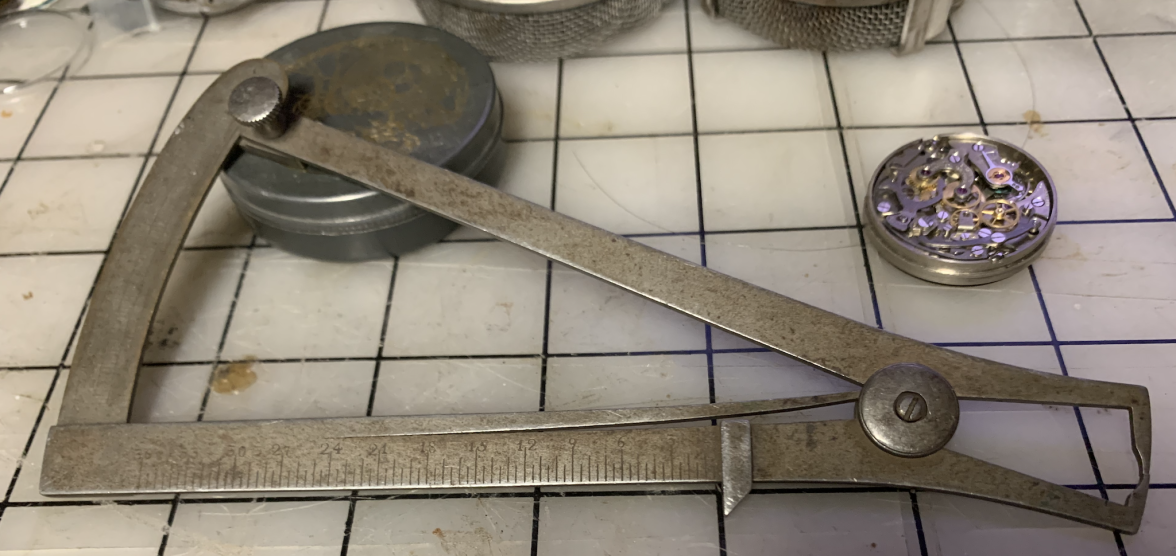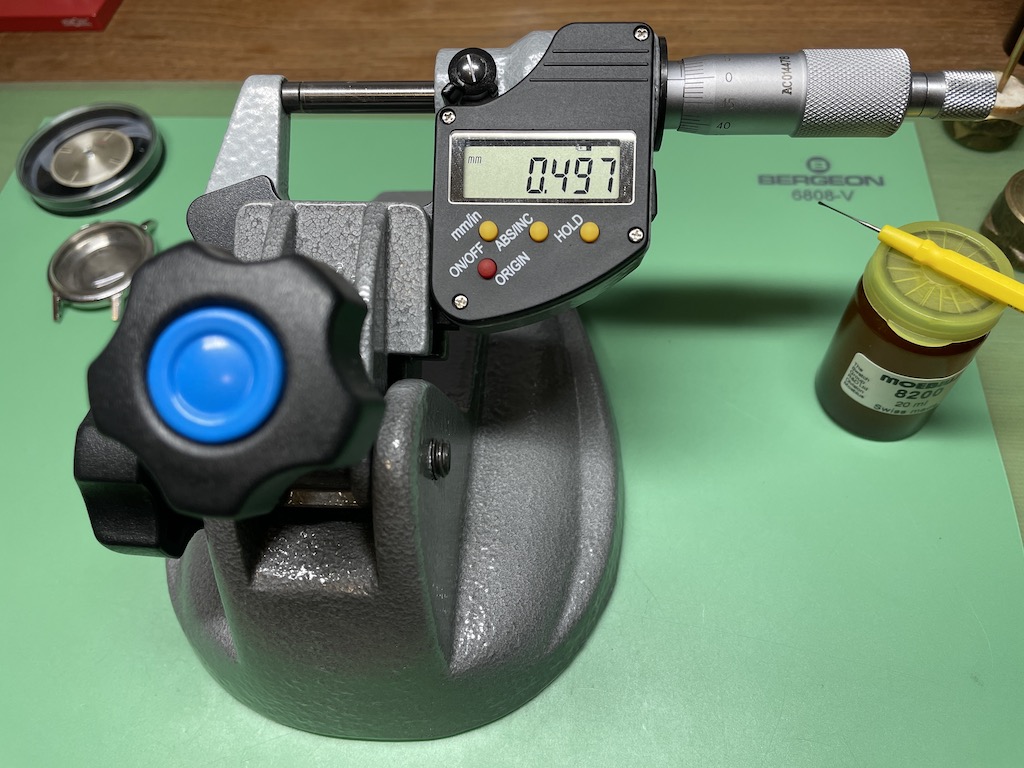JimInOz
··Melbourne AustraliaBack in the old days, I often used an outside micrometer. A picture for those who don't know what that is.
Before it was used to measure, it had to be calibrated. This was done by cleaning the faces of the anvil and the spindle, and then using a standard (cleaned as per before, usually with the cleanest rage in the bin).
PS: A standard was a length of precision steel rod with perfect dimension, e.g.: 1", or 25mm etc.
If the reading of the micrometer met the standard, all was OK (and usually was).
However, if the previous user had used the micrometer as a G clamp, or other substitute tool, the reading would be incorrect.
In that event, the thimble (big turney bit) could be unlocked and aligned so the correct dimension could be read on the barrel/thimble alignment.
However.......I now use digital callipers, and there is no "standard" supplied with them.
Procedure is to clean the faces of the jaws (using a very clean cloth this time), close the jaws with normal force, press a "zero" button, confirm the display says "0.00mm" and we're done.
My Luddite question is, does "zeroing" accomplish the same function as was done with calibrating to a standard?
Before it was used to measure, it had to be calibrated. This was done by cleaning the faces of the anvil and the spindle, and then using a standard (cleaned as per before, usually with the cleanest rage in the bin).
PS: A standard was a length of precision steel rod with perfect dimension, e.g.: 1", or 25mm etc.
If the reading of the micrometer met the standard, all was OK (and usually was).
However, if the previous user had used the micrometer as a G clamp, or other substitute tool, the reading would be incorrect.
In that event, the thimble (big turney bit) could be unlocked and aligned so the correct dimension could be read on the barrel/thimble alignment.
However.......I now use digital callipers, and there is no "standard" supplied with them.
Procedure is to clean the faces of the jaws (using a very clean cloth this time), close the jaws with normal force, press a "zero" button, confirm the display says "0.00mm" and we're done.
My Luddite question is, does "zeroing" accomplish the same function as was done with calibrating to a standard?
